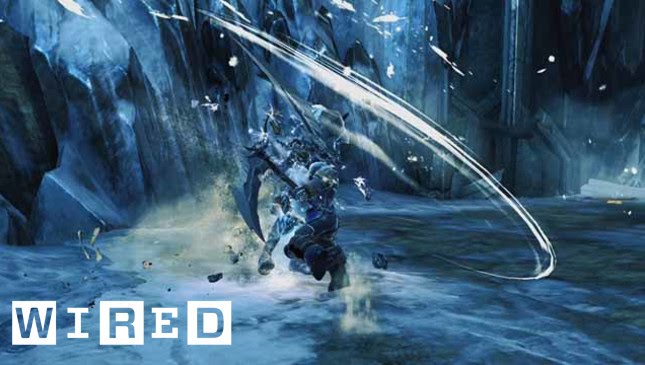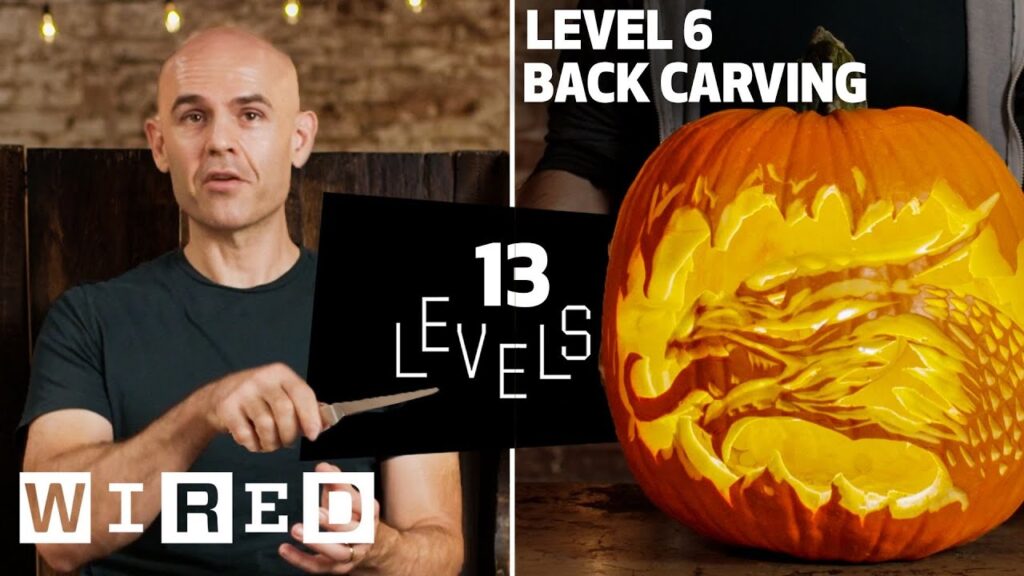The Origins, Themes and Mythology of The Lord of the Rings
Summary
In this Q&A, we explore the fascinating world of The Lord of the Rings, a modern myth that has captured the imagination of readers and viewers worldwide. We delve into the origins of hobbits, the various subraces of men, the villains such as trolls, giants, and Sauron, and the heroes who rise up against them. We also discuss the significance of The Lord of the Rings as a modern mythology and its enduring influence on modern fantasy ideas.
Table of Contents
- The Origins of Hobbits
- The Subraces of Men
- The Villains: Trolls, Giants, and Sauron
- The Heroes: Aragorn, the Barrow-wights, and the Oathbreakers
- The Significance of The Lord of the Rings as a Modern Mythology
Introduction
The Lord of the Rings is a monumental work of fantasy literature that has captured the imaginations of readers for generations. From the humble beginnings of the hobbits, to the epic battles against the forces of evil, this story is rich with complex characters, deep mythology, and timeless themes. In this Q&A, we will explore some of the key aspects of The Lord of the Rings, and what makes it such a beloved work of fiction.
The Origins of Hobbits
Q: Who are the hobbits, and where do they come from?
A: Hobbits are a mysterious race of small, humanoid creatures that appear throughout The Lord of the Rings. Although J.R.R. Tolkien never explicitly explained their origins, it is suggested that they may be a subspecies of men that evolved to be small. This makes them one of the most interesting and unique races in the mythology, as they often achieve great things despite their small stature.
Q: What makes hobbits so important to the story?
A: The central theme of The Lord of the Rings is the idea that even the smallest and seemingly insignificant beings can achieve great things. Hobbits exemplify this theme, as they are often the ones who accomplish the most heroic deeds. Their humility, unassuming nature, and pure hearts make them valuable allies in the fight against evil.
The Subraces of Men
Q: Are there other subraces of men besides hobbits in The Lord of the Rings?
A: Yes, there are several other subraces of men in the book. For example, we have the Numenoreans, who are a powerful, long-lived race that are descended from men. There are also the Dunlendings and the Rohirrim, who are distinct groups of humans with their own cultures and ways of life.
Q: How does Tolkien portray the malleability of humans in his mythology?
A: Tolkien emphasizes the idea that humans are adaptable and can change depending on their environment and experiences. For example, Boromir is initially portrayed as being eager to take the Ring to use its power against Sauron, but he ultimately realizes the folly of his desires and sacrifices himself to protect the Hobbits. This shows how even the most flawed of individuals can become heroes.
The Villains: Trolls, Giants, and Sauron
Q: What are trolls, and how do they fit into The Lord of the Rings mythology?
A: Trolls are a type of villainous creature that are often employed by the forces of evil in the book. They are characterized by their immense size and strength, as well as their dim-witted nature. When sunlight falls upon them, they turn into stone, making them vulnerable to attack.
Q: Sauron is one of the main antagonists in The Lord of the Rings. Who is he, and what is his role in the mythology?
A: Sauron is a dark lord who serves as the primary antagonist in the book. He is one of the servants of Aul, the god of craftsmanship, and is known for forging the Rings of Power. His ultimate goal is to enslave the leaders of all good races and dominate Middle-Earth. Although he is incredibly powerful, he is ultimately defeated by the survivors of Numenoreans and high elves.
Q: Giants are another villainous race in the book. What is their significance in the mythology?
A: Giants are depicted as powerful and fearsome creatures that play a minor role in the overall story. They are said to be descended from the same race as the Ents, and Treebeard the Ant can be considered as a sentient tree and originates from the idea of a giant.
The Heroes: Aragorn, the Barrow-wights, and the Oathbreakers
Q: Who is Aragorn, and what is his role in the story?
A: Aragorn is the heir of Isildur and plays a crucial role in the battles against the forces of evil. He is known for his bravery, leadership, and humility. At the beginning of the book, he is a ranger who fights to protect the borders of the kingdoms of men. However, he later becomes a vital part of the Fellowship of the Ring and is instrumental in defeating Sauron.
Q: What are the Barrow-wights and the Oathbreakers, and how do they fit into the mythology?
A: The Barrow-wights are unquiet spirits that dwell in the ancient burial tombs in the Barrow-Downs. They are among the many supernatural beings that are encountered throughout the story. On the other hand, The Oathbreakers are the lingering spirits of those who swore allegiance to Isildur but betrayed him. Aragorn releases them and deploys their army to save the day in the battle of Pelennor Field.
The Significance of The Lord of the Rings as a Modern Mythology
Q: Why is The Lord of the Rings such an enduring work of fiction?
A: One reason why The Lord of the Rings has endured as a work of fiction is because it serves as a modern mythology. Like many ancient myths and legends, it explores complex themes of good versus evil, friendship, loyalty, and sacrifice. Its characters are larger than life, and its mythology is vast and intricate. It has inspired generations of readers and writers, and it continues to be a source of inspiration and entertainment around the world.
Q: What is the significance of The Lord of the Rings as a source of inspiration for modern fantasy ideas?
A: The Lord of the Rings has had a profound influence on modern fantasy literature and popular culture. It has inspired countless writers, filmmakers, and artists to create their own works of fiction. Many of the tropes and conventions associated with modern fantasy – such as epic battles against forces of evil, magical creatures, and legendary heroes – can trace their roots back to Tolkien’s mythology. In many ways, The Lord of the Rings has shaped the modern fantasy genre as we know it today.
Conclusion
The Lord of the Rings is a work of fiction that has captivated audiences around the world for generations. Its enduring appeal lies in its rich mythology, complex characters, and timeless themes. Whether you are a fan of fantasy literature or simply enjoy a good story, The Lord of the Rings is a must-read for anyone who wants to understand the power of modern mythology.







